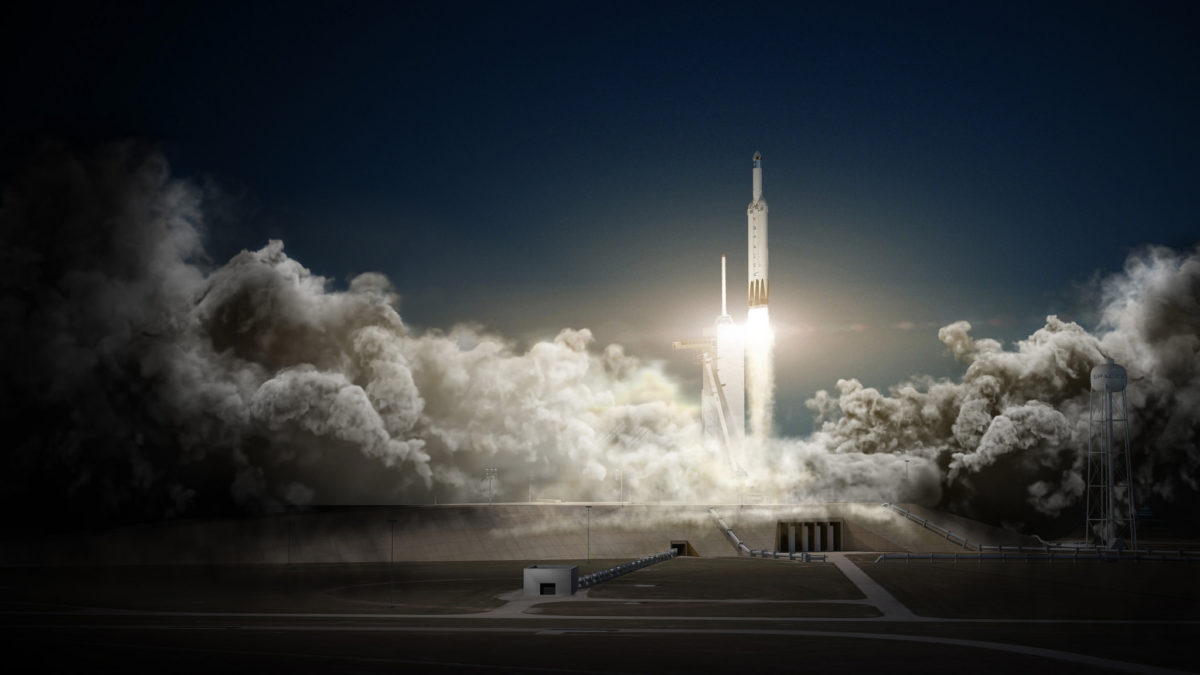In the last decade developments show that the commercialization of space exploration is a reality. The effort and capital pioneers invest in this ambitious industry comes from curiosity and dreaming about the unknown. Discovering places and going where no human being ever went. The endeavors by pioneers is not solely based on curiosity. There are other incentives to go after space related business initiatives. Possibilities on the horizon of the revitalized industry are (Pelton, 2010):
- solar power satellites; harness clean solar energy in space and beaming it to earth
- commercial spaceplanes and space stations; citizen astronauts get the opportunity to enter space.
- innovative new space technology; cost-effective ways to explore the moon, sun and planets. Solve communication, climate and energy problems.
- mining commodities on celestial bodies;
- new visions; space research is all about the unknown potential and innovations that can change the direction of humankind.
Information and new technology made the market accessible. It will stimulate the development of the market and economy. In order to be successful in space, NASA and private companies made agreements about sharing information. The agreements are designed to create a transportation system for cargo and crew from earth to space (Stone et al., 2008). This collaboration can result in business network-based value creation. Another association who tries to benefit from a network is the Breakthrough Initiatives. They strive to accomplish other goals in space (Breakthrough Initiatives, 2016). These two gird examples have to conform to condition formation, demand and stability in order to create more value than without the network (Kauffman et al., 2010).
The industry is emerging, full of possibilities and therefore interesting to test with the theory of newly vulnerable markets. The space industry is (1) newly easy to enter because of regulatory changes within the US government and NASA. These empowered new entrants. Technology improved significantly. This reduced the cost and barriers of entering. There is a change in preferences among consumers. More and more individuals like the idea of space travel as citizen astronauts. The market is (2) attractive to attack because of earlier mentioned curiosity by visionary pioneers and the opportunity of abnormal profits. Private enterprises can target on profitable aspects of the business and neglect the less profitable. Due to the opportunistic pickoff, the focus on the profitable prospects is an advantages in addition to governmental organizations. The space business may be (in the future) (3) difficult to defend. Which suggest that incumbents fail to effectively counteract to threats of new entrants. Newcomers in the business tackle existing price structures, strategic inflexibility, lack of vision and legacy systems. All these conditions give entrants an opportunity to prosper, but realize that the industry becomes less enticing after the first round of prosperous invasion. (Granados et al., 2008)
References:
Breakthrough Initiatives. (2016, April 12). Retrieved September 14, 2016, from http://breakthroughinitiatives.org/News/4
Granados, N. F., Kauffman, R. J., & King, B. (2008). How has electronic travel distribution been transformed? A test of the theory of newly vulnerable markets. Journal of Management Information Systems, 25(2), 73-96.
Kauffman, R. J., Li, T., & Van Heck, E. (2010). Business network-based value creation in electronic commerce. International Journal of Electronic Commerce, 15(1), 113-144.
Pelton, J. N. (2010). A new space vision for NASA—And for space entrepreneurs too?. Space Policy,26(2), 78-80.
Stone, D., Lindenmoyer, A., French, G., Musk, E., Gump, D., Kathuria, C., Miller, C., Sirangelo, M. & Pickens, T. (2008). NASA’s approach to commercial cargo and crew transportation. Acta Astronautica, 63(1), 192-197.

